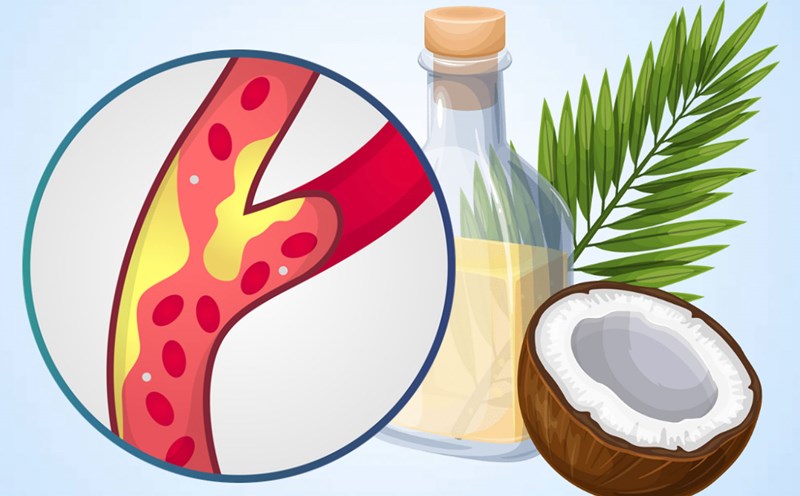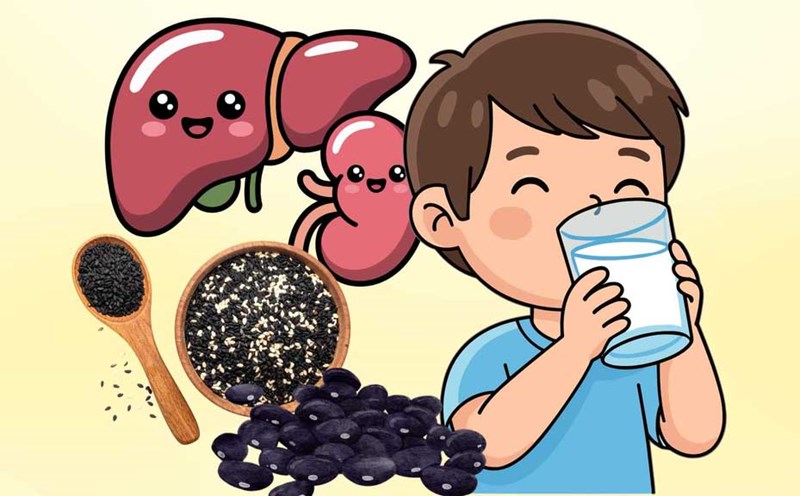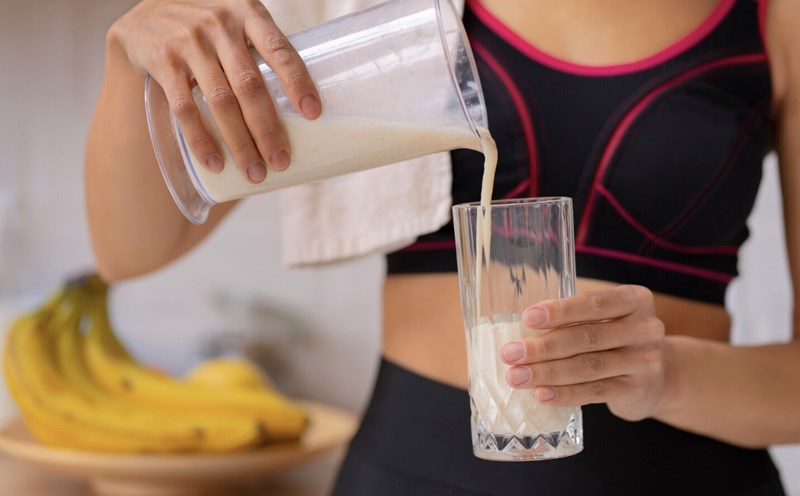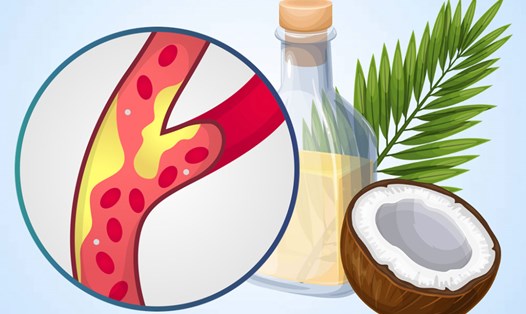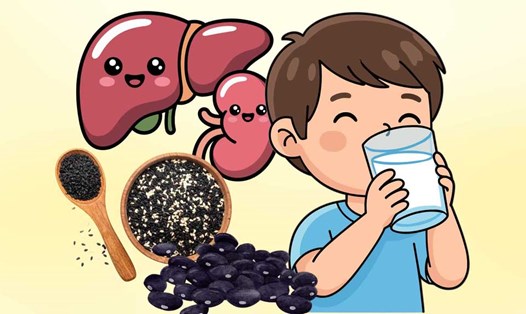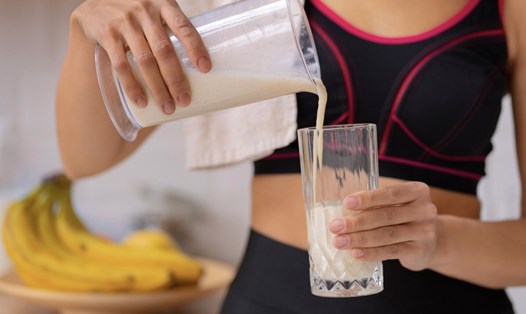Dr. Dr. Truong Hong Son - Director of the Vietnam Institute of Applied Medicine - Deputy General Secretary of the Vietnam Medical Association explained this phenomenon.
According to the doctor, the dark, black particles in the milk glass are actually sold out, appearing during the drying process - a common technical phenomenon of starch. scoreched particles are patches of small powdery particles ranging from yellow, orange, brown to black, formed by the high- Temperature drying of milk, also known as the product of the Maillard reaction.
In chemical nature, the Maillard reaction is a chain of chemical reactions that occur between compounds containing nitrates (mainly proteins in milk) and sugar (there is lactose in milk) when they are exposed to high enough temperatures for a certain period of time. The product of this reaction produces dark brown compounds that turn milk particles light brown, brown, to black, depending on the amount of heat they endure.
The origin of the formation of these scratches is directly linked to the spraying process - a common process in powdered milk production: In this process, the liquid milk is sprayed into fine fog in the large drying room, where the hot air blows away the steam, leaving the dry milk particles. During that process, a small portion of the starch can come into direct contact with high temperatures, leading to a slight burning sensation. Although manufacturers always strictly control the temperature and drying time, high temperatures are still a mandatory condition to ensure complete drying, microbiological safety and long shelf life.
Dark grains are characterized by small particles in the same amount as milk flour, small in size, ranging from light yellow to light yellow to brown or black, dissolving more slowly in water than the remaining milk flour.
As for mold or foreign- mixed mushroom particles (such as plastic, metal, insect) they often have clear shapes and colors (fiber, hardness, uneven white-blue-black color) or hard, bright surface, sharp edges and do not dissolve with milk.
Because dark grains appear in the spraying process, they are not harmful to users and do not affect the nutritional value or safety of milk. boardwalk seeds are not bacteria, not mold, and are not heavy metals or harmful chemicals. They are the product of the Maillard reaction between lactose and high-pressure protein.
The amount of grated starch in starch is very small (usually only a few thousand times the amount of flour). In terms of nutritional effects, the Maillard reaction can lead to a slight reduction in some vitamins and proteins in milk, but due to the low total loss, it does not significantly affect the overall nutritional value of the product. Dairy producers always strictly control the drying temperature to ensure the burning ingredient is at a minimum level, complying with international food safety standards.
It can be said that the problem of flammable elements is a concern that consumers are concerned about due to unusual changes in vision (color). However, professional analysis confirmed that although flammable elements cause cosmetic reduction, they are not harmful in terms of food safety and do not have a negative impact on the health of consumers.

